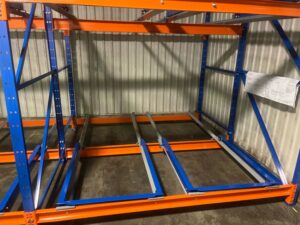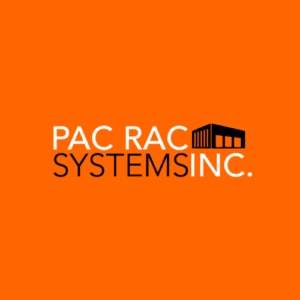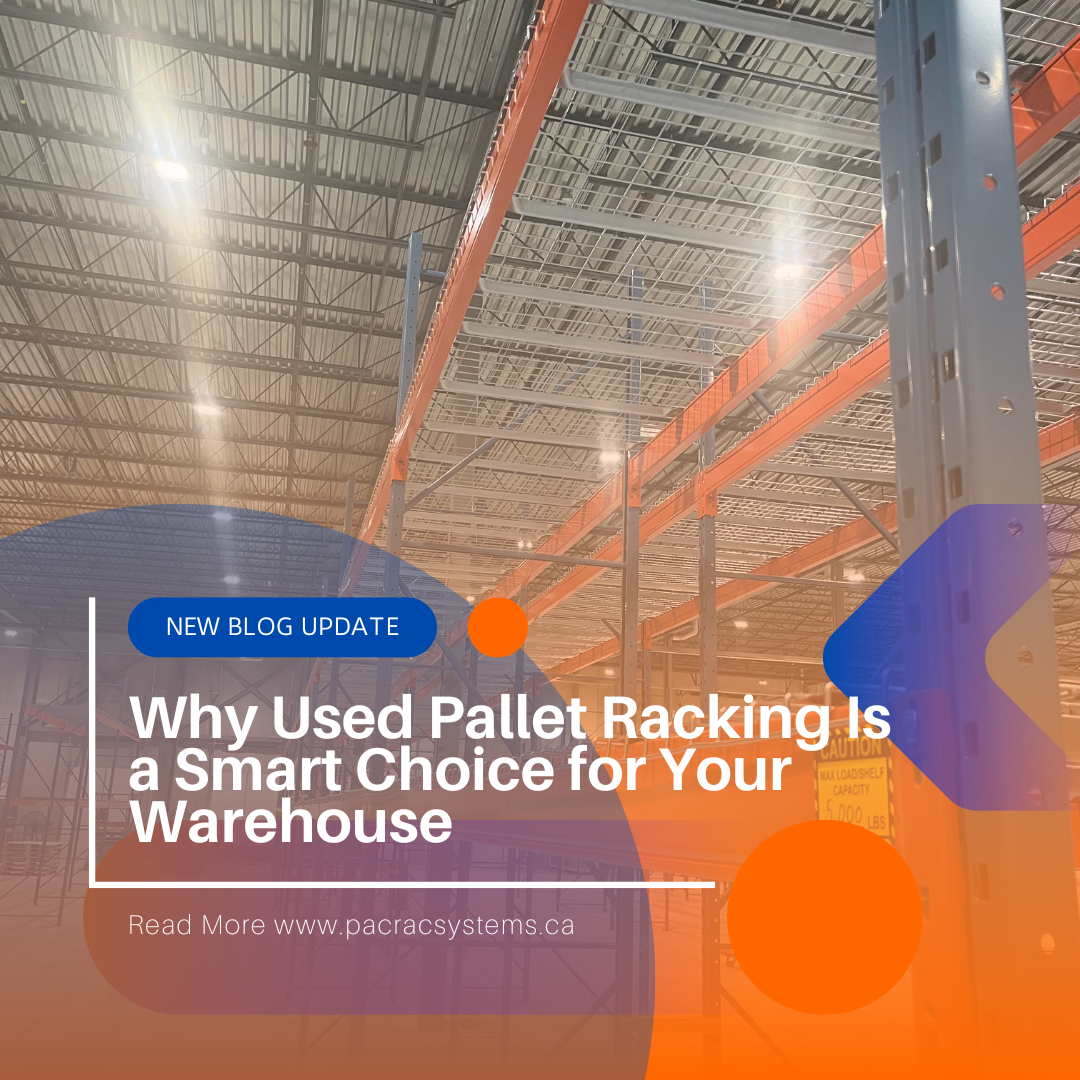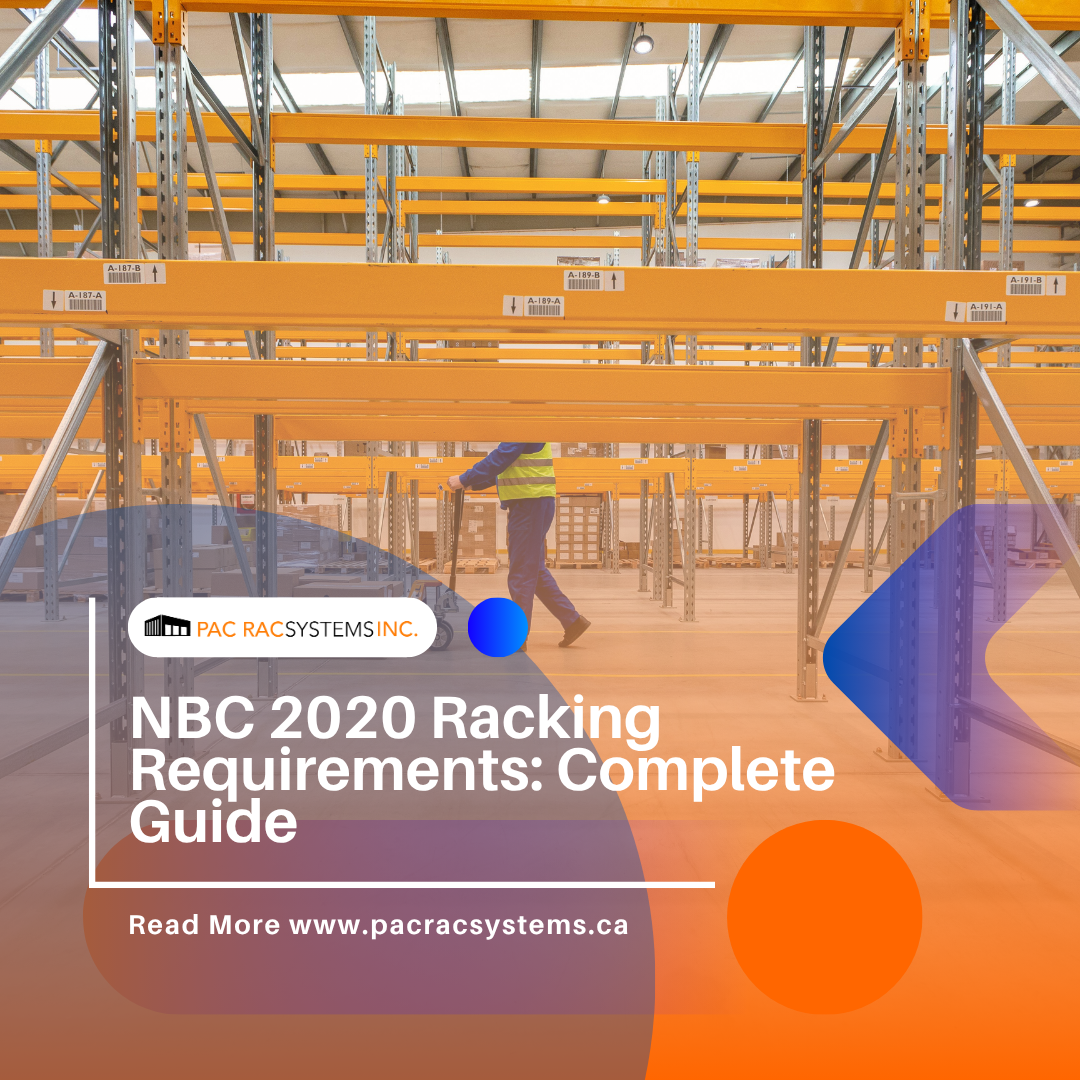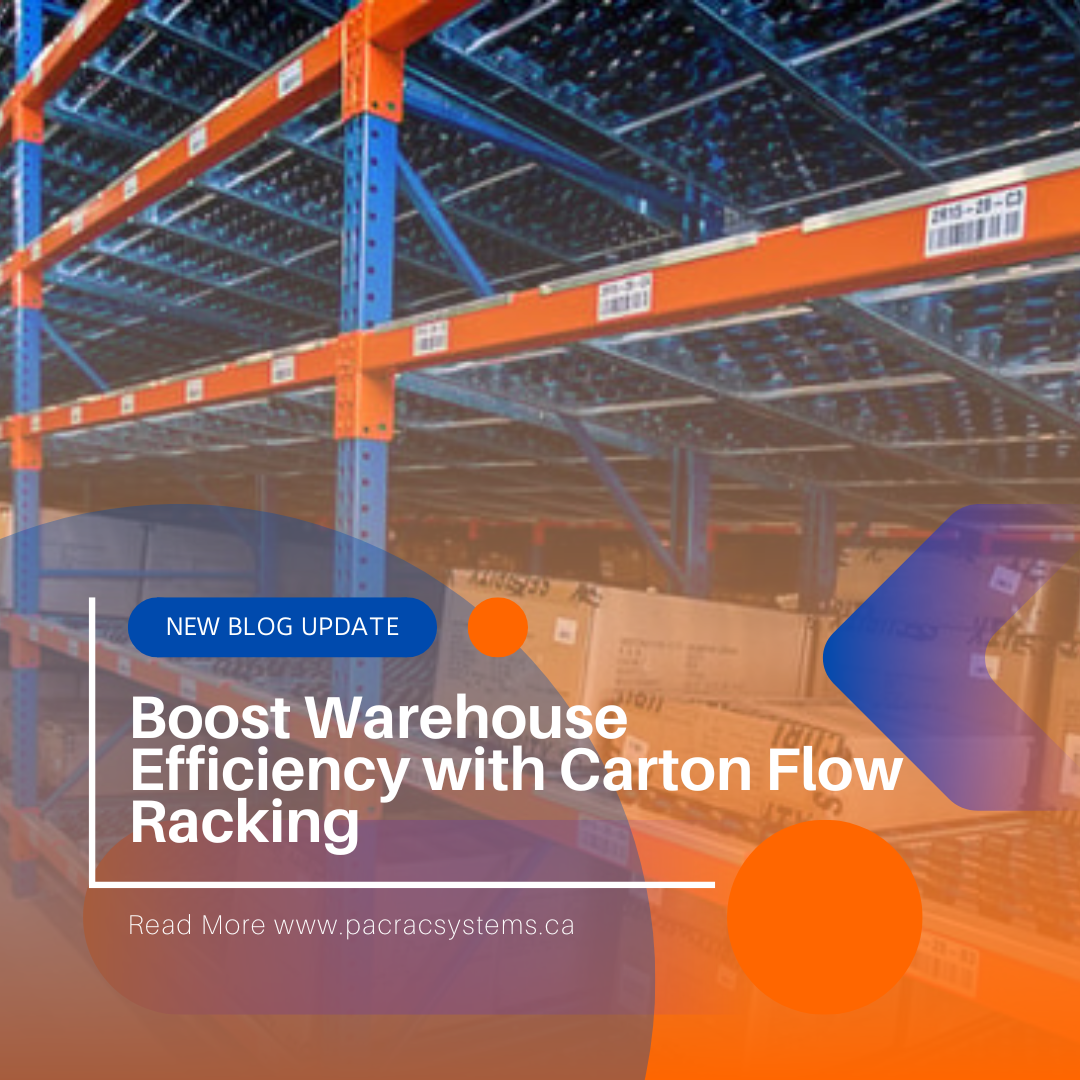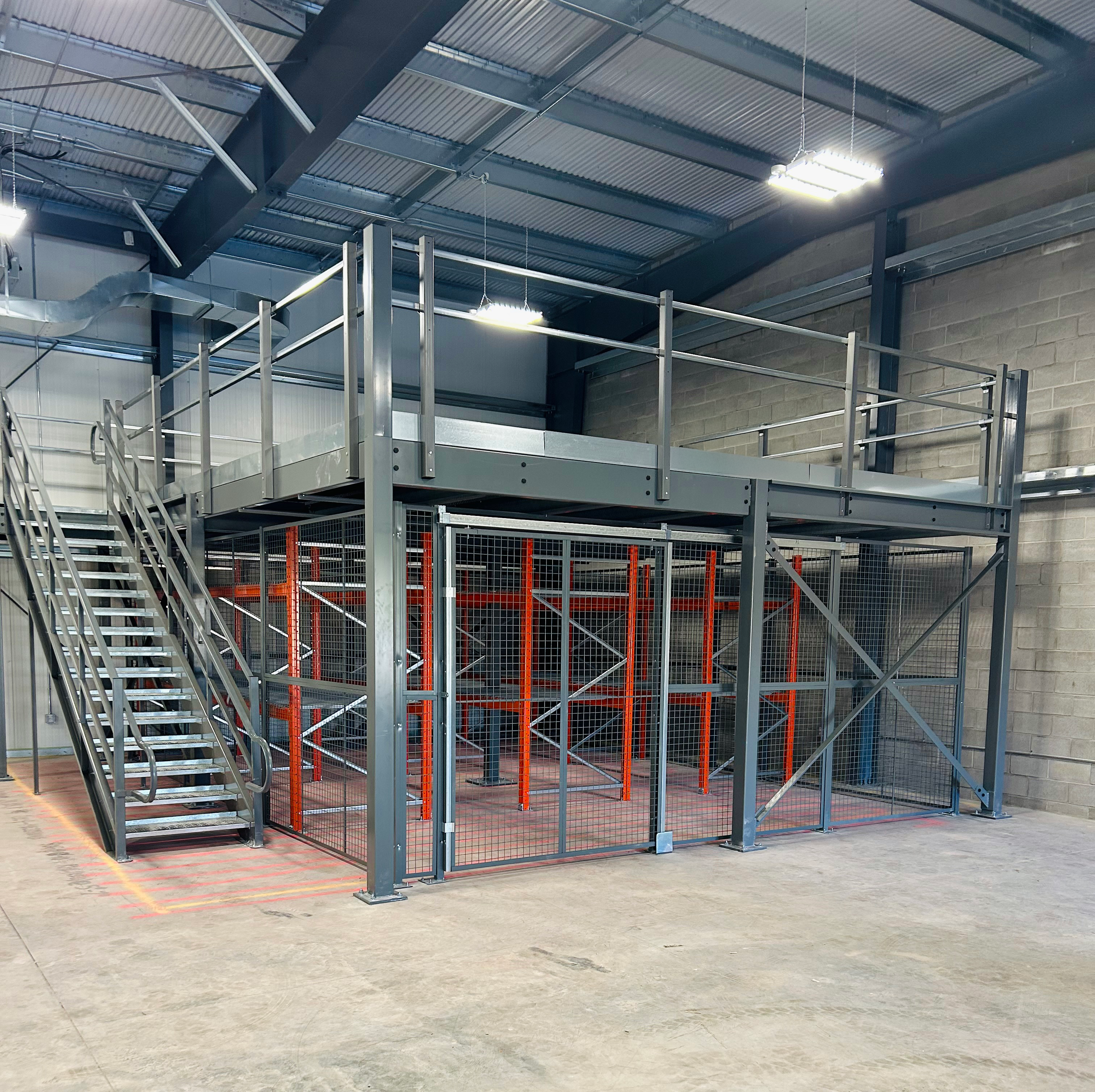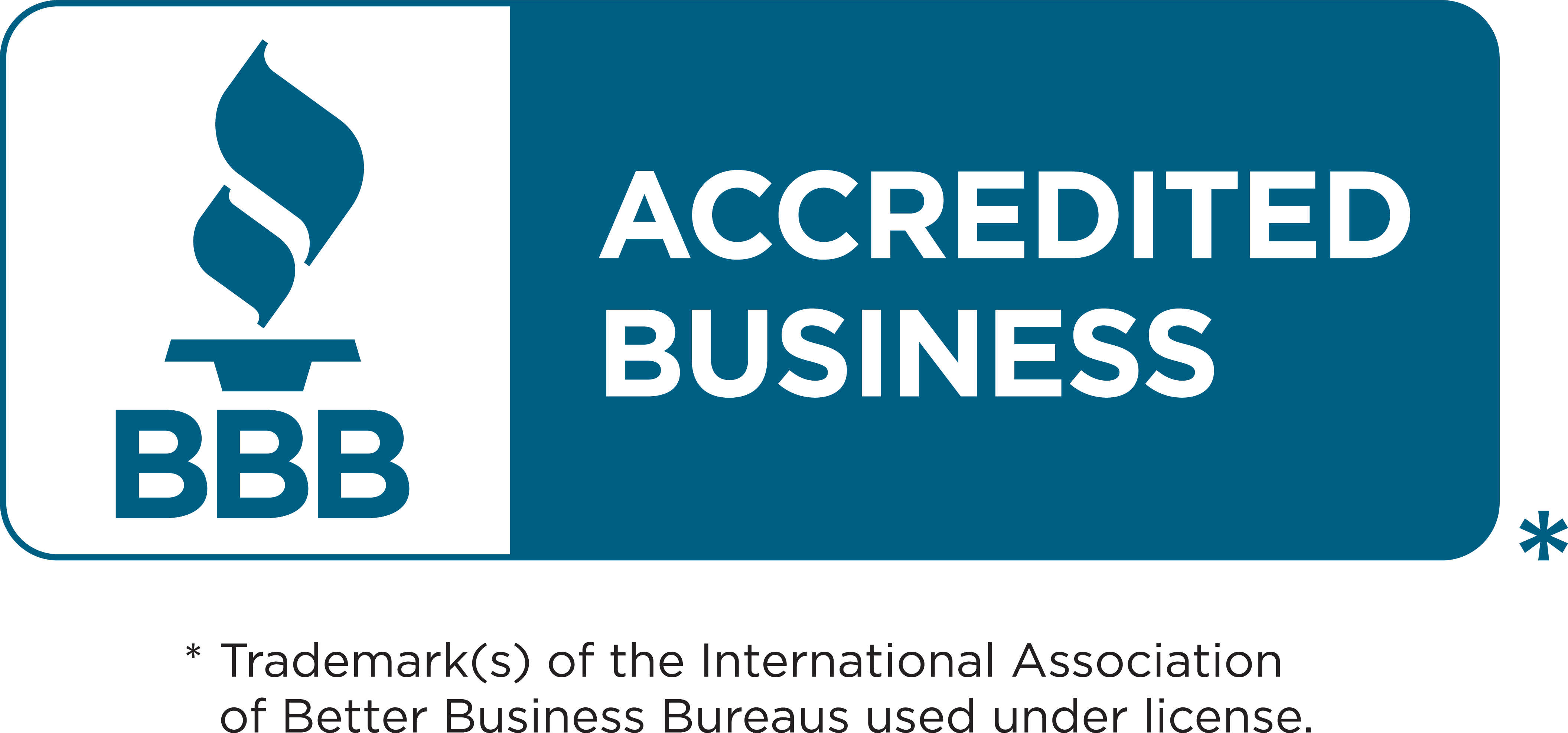
Push Back Racking: Custom High-Density Storage
In today’s fast-paced logistics and distribution landscape, space efficiency and inventory access are top priorities. For warehouses and distribution centres across Canada, push back racking offers a versatile solution that balances storage density with ease of use.
What Is Push Back Racking?
Push back racking is a type of high-density storage system that allows multiple pallets to be stored on a slight incline, using gravity-fed carts that roll forward when a pallet is removed. Unlike traditional static rack systems, push back racking uses a Last-In, First-Out (LIFO) approach — ideal for warehouses storing multiple pallets of the same SKU.
Each lane of push back racking typically stores 2–6 pallets deep, meaning you can fit more inventory in less space while still keeping picking efficient.
Key Benefits of Push Back Storage
✅ Maximize Storage Density
Push back racking increases pallet positions per aisle by reducing the number of aisles needed — without sacrificing as much access as drive-in systems. You’ll see up to 90% greater utilization of warehouse space compared to selective racking.
✅ Improve Throughput Efficiency
Forklift operators can load and unload from the same face of the r
ack, reducing travel time and improving safety. The system’s gravity-driven design means pallets are automatically presented at the pick face.
✅ Ideal for Medium-Turn Inventory
If you’re managing bulk storage of identical SKUs, such as in food and beverage, consumer goods, or packaged industrial materials, push back racks offer the right balance of selectivity and density.
✅ Lower Maintenance Than Flow Systems
Compared to pallet flow racking, push back systems have fewer moving parts, making them easier to maintain and more cost-effective in environments where perfect FIFO isn’t essential.
Best Use Cases in Canada
🏭 Ontario
Large-volume food and beverage distributors in the GTA benefit from these rack’s ability to store common SKUs like canned goods or bottled drinks.
❄️ British Columbia
Warehouses near Vancouver’s ports or operating cold storage facilities often use push back racking to optimize refrigerated space.
🚚 Nova Scotia
These systems work well for regional distribution hubs managing seasonal inventory surges — especially in Halifax, where warehouse real estate is at a premium.
Limitations to Consider
- LIFO System – Not suitable for inventory that must follow FIFO protocols.
- Higher Upfront Cost – More expensive than selective racking but cheaper than full pallet flow systems.
- Limited SKU Access – Best used when you have multiple pallets per SKU, rather than high SKU diversity.
Conclusion
If you’re looking to increase pallet storage density without compromising throughput, push back pallet racking might be the perfect fit for your warehouse in Ontario, BC, or Nova Scotia. Whether you’re storing beverages, packaged goods, or seasonal inventory, push back systems offer a proven way to get more from your cubic space.

